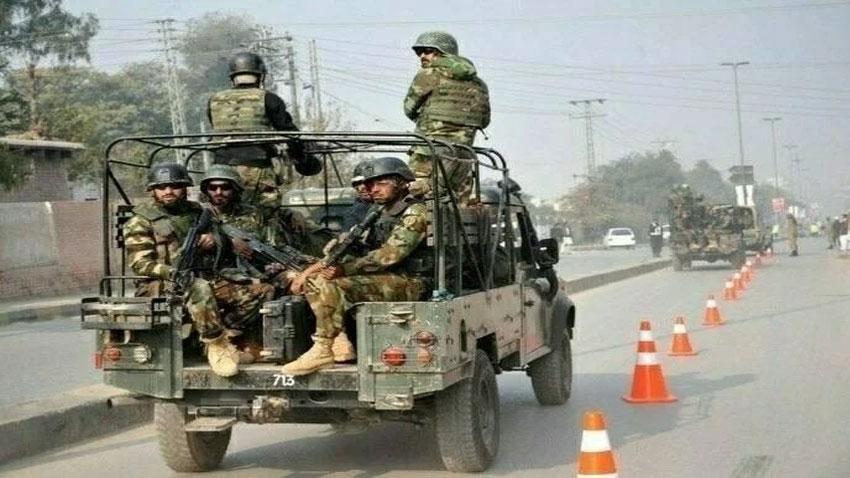“I think our new threshold, frankly, should be 100Mbps. I think anything short of that shortchanges our children, our future, and our new digital economy.” That’s what FCC commissioner Jessica Rosenworcel argued nine years ago — now, it’s finally happening.
- Home
- Technology
- News
The FCC has finally decreed that 25Mbps and 3Mbps are not ‘broadband’ speed
The FCC has changed its definition of “broadband” to mean download speeds of 100Mbps and upload speeds of 20Mbps. It had been stuck at 25Mbps/3Mbps since 2015.


Today, the FCC has changed its definition of “broadband” to mean download speeds of 100 megabits per second and upload speeds of 20 megabits per second. It had been stuck at 25Mbps/3Mbps since 2015. As recently as 2021, outgoing FCC chairman Ajit Pai claimed we still didn’t need more than that.
These definitions matter, because they let the FCC report whether it’s failing or succeeding to close the broadband gap — and how much to regulate (or throw money at) broadband providers to spread decent internet across the United States.
In this case, the money came first: the FCC writes that it based the standard on what federal and state funding grants are already requiring, as well as “consumer usage patterns, and what is actually available from and marketed by internet service providers.”
Whether 100Mbps and 20Mbps meet your personal definition of “decent” likely depends on where you’ve lived: today, the FCC says almost 28 percent of Americans in rural areas don’t have even that much wired internet available to them. Megabits per second of bandwidth is just one factor in internet access, too — there’s also price and latency.
Here are a few more stats about the broadband gap from the FCC’s press release today:
Fixed terrestrial broadband service (excluding satellite) has not been physically deployed to approximately 24 million Americans, including almost 28% of Americans in rural areas, and more than 23% of people living on Tribal lands
Mobile 5G-NR coverage has not been physically deployed at minimum speeds of 35/3 Mbps to roughly 9% of all Americans, to almost 36% of Americans in rural areas, and to more than 20% of people living on Tribal lands
45 million Americans lack access to both 100/20 Mbps fixed service and 35/3 Mbps mobile 5G-NR service
Based on the new 1 Gbps per 1,000 students and staff short-term benchmark for schools and classrooms, 74% of school districts meet this goal
The new definition was pushed through by the FCC’s Democratic majority, something it hasn’t had for the majority of President Biden’s term in office. The FCC spent years completely deadlocked without its full five commissioners, until Anna Gomez was finally confirmed by the Senate last September.
Death anniversary of Hafeez Jalandhari being observed today
- 13 hours ago
Thai border clashes displace over half a million in Cambodia
- 13 hours ago

PDMA issues alert about rains, snowfall over hills in KP
- a day ago

Nine terrorists neutralised in two KP IBOs: ISPR
- 8 hours ago
May 9: Yasmin Rashid, Mahmoodur Rashid, others sentenced to 10 years’ imprisonment each in two more cases
- a day ago
Gazans mourn six killed in Israeli shelling on shelter
- a day ago
Third ‘Avatar’ film lights up global box offices
- 8 hours ago
Bangladesh holds state funeral for slain youth leader amid tight security
- a day ago
Only state can declare jihad in Islamic country, says COAS Syed Asim Munir
- 13 hours ago
Commissioning ceremony of 2nd Pak Navy Ship KHAIBAR held in Turkiye
- 14 hours ago
Green Shirts give India humiliating defeat in U-19 Asia Cup final
- 14 hours ago

Larry Ellison’s big dumb gift to his large adult son
- an hour ago









